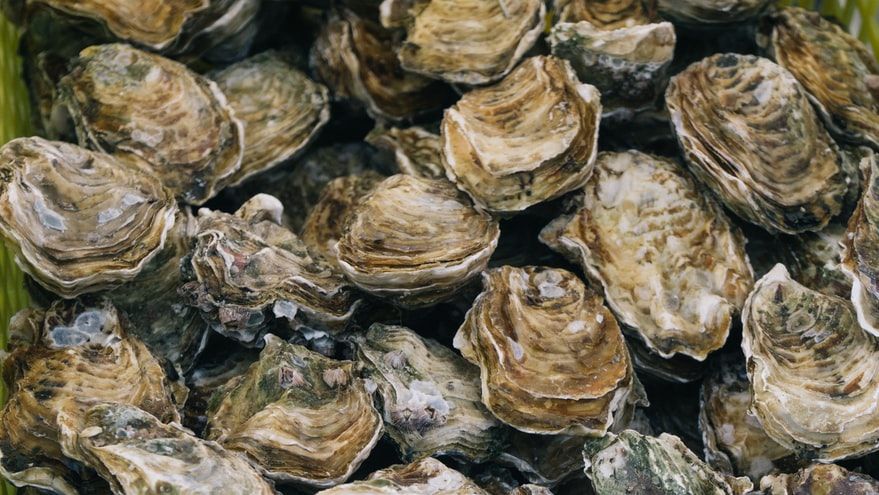News

Acidification Could Be a Risk for Oyster Aquaculture in Eastern Canada
There is a lack of knowledge on the pH and salinity levels in the coastal waters of Eastern Canada and the connection between the two variables there. This knowledge is essential when estimating the threats of the marine life, as for instance the important oyster farming in New Brunswick. Ocean acidification causes corrosive conditions for the larvae shells, reduces the feeding rate of the larvae, increases the respiration rate, and more.
Salinity, temperature and pH measured hourly
In a study carried out by University of Moncton, environmental parameters were measured in three bays of Northeastern New Brunswick. The Caraquet Bay, St. Simon Bay, and Tracadie Bay are of interest for the aquaculture of the Eastern oyster (Crassostrea virginica), which is the principal bivalve species grown in this area. Salinity, pH and temperature were hourly measured by several instruments, among others Star-Oddi DST CTD data loggers which measured salinity, temperature and depth. The instruments were retrieved every 1 to 2 weeks during the study period which was between 2-8 months at the three studied sites. In addition, Chlorophyll-a concentration was measured as an indicator for phytoplankton biomass, and two samples of water were collected once a week for total alkalinity analysis.

No present threat to the Eastern oyster farming
The results showed that pH is highly variable in the studied area, not least depending on season with lowest levels in winter when snow and ice covered the bays. Periods of low salinity such as those noted in the spring at St. Simon Bay and during the summer at Tracadie and Caraquet might occasionally impair the impact of acidification on juvenile oysters’ mortality. However, based on the results from this study, the situation for the Eastern oyster is currently not critical. Nonetheless, further acidification might harm the species as the larvae is produced during winter in commercial hatcheries.

Further results can be found in the paper published in Anthropocene Coasts and can be accessed here

